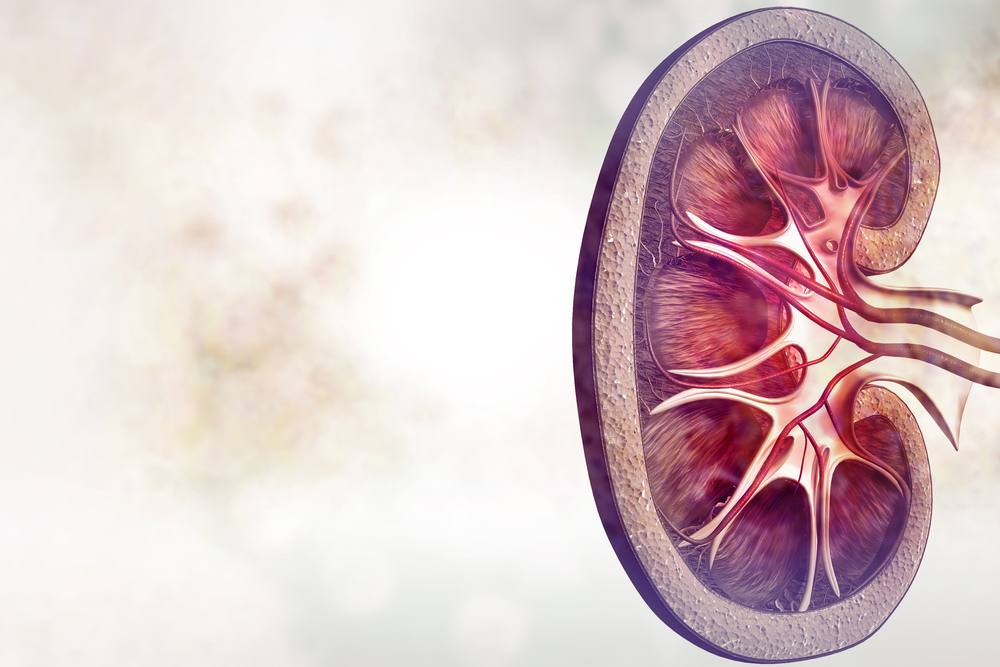Biopsy Combined with Other Tests Can Better Predict Kidney Survival, Study Finds

Patients with ANCA-associated vasculitis (AAV) who have renal symptoms might benefit from a kidney biopsy along with measurements of ANCA antibodies and kidney function to predict their renal outcomes, a Chinese study reported.
The study, “An evaluation of the 2010 histopathological classification of anti-neutrophil cytoplasmic antibody (ANCA)-associated glomerulonephritis: a Bayesian network meta-analysis,” was published in the journal International Urology and Nephrology.
AAV is an autoimmune condition resulting in the inflammation of blood vessels. The disease often affects the kidneys, putting patients at risk of end-stage renal disease (ESRD), when the kidneys no longer work efficiently.
Patients whose kidneys stop working as they should require long-term dialysis or a kidney transplant. So it is important to predict renal outcomes in AAV patients to determine who might benefit from more aggressive therapies.
A classification system developed in 2010 puts biopsies into four categories — focal, crescentic, sclerotic, and mixed — depending on how poor the kidney function is and the health of the glomeruli (the filtration units of the kidneys).
But while some studies suggest this system helps predict disease progression in the kidneys, there are conflicting results in such findings.
Chinese researchers assessed data from 17 studies that used this classification system, and re-evaluated its ability to predict kidney survival and the likelihood of developing ESRD.
The studies were published between October 2010 and August 2017 and included 1,945 patients. Participants’ mean age was over 50 in most of the studies. They were classed in one of the four biopsy categories.
Patients in the sclerotic category had the worst outcomes. Compared against those in the focal, mixed, and crescentic groups, they were 76%, 66%, and 55% more likely to develop ESRD, respectively.
Patients in the focal group had the best chance of kidney survival. Compared to the crescentic and mixed groups, they were 46% and 27% less likely to develop ESRD, respectively. There were no differences found between patients in the crescentic and mixed groups.
Researchers also identified baseline estimated glomerular filtration rate (eGFR) — an indicator of kidney function — and the ratio of ANCA antibodies as strong predictors of ESRD.
ANCA antibodies are the major cause of inflammation in AAV. They most commonly target the proteinase (PR3) or the myeloperoxidase (MPO) proteins. The researchers found that a higher PR3/MPO ratio predicted a lower kidney survival rate.
“By undertaking large data integration, we successfully demonstrated that renal outcomes correlated with the [biopsy] classification and the extent of ANCA serology,” the team determined. “The … classification system should be optimized by combination with other histological characteristics.”






